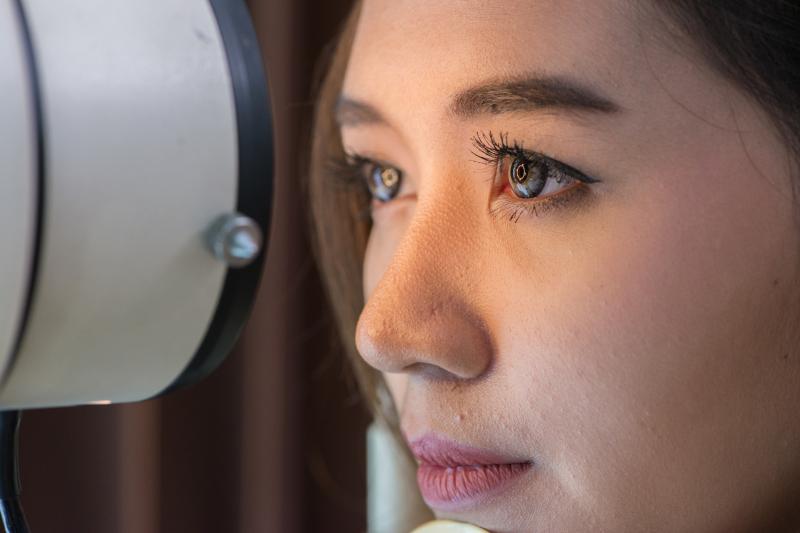VCDR cutoffs deliver reliable detection of glaucoma





A vertical cup-to-disk ratio (VCDR) ≥0.60, along with a VCDR asymmetry ≥0.20, provides good reliability for detecting glaucoma, according to a new Singapore study.
“Our study serves to complement existing literature by presenting the performance of VCDR cutoffs in differentiating glaucoma cases from normal obtained from a multi-ethnic Asian population and may serve as reference to populations with similar VCDR distribution,” researchers said.
Drawing from the Singapore Epidemiology of Eye Diseases study, 9,673 participants (aged >40 years; 49.3 percent male) were identified, of whom 3.0 percent (n=289) had glaucoma. Ethnicity-wise, the cohort was well-balanced; 3,247 were Chinese, 3,249 were Indian, and 3,177 were Malay. Most of those with glaucoma were Malay (n=141). [Clin Exp Ophthalmol 2020;doi:10.1111/ceo.13836]
In the overall cohort, the 97.5th percentile value of VCDR and VCDR asymmetry were 0.73 and 0.20, respectively. A VCDR cutoff ≥0.60 provided a good balance between overall sensitivity (91 percent) and specificity (91.6 percent) in terms of discriminating glaucoma cases from controls.
Increasing the cutoff to ≥0.65 led to a drop in sensitivity (81.7 percent) while specificity improved to 96.1 percent. At a threshold of ≥0.70 and beyond, sensitivity dropped further and drastically, while only yielding slight benefits to specificity.
Stratifying according to the vertical dimensions of the optic disc (VDD), a VCDR cutoff of ≥0.60 yielded the best balance between specificity and sensitivity in small (0.70–1.60 mm) and medium (1.70–1.90 mm) optic discs. In large (2.00–3.50 mm) optic discs, the ≥0.60 cutoff had a sensitivity and specificity of 89.4 percent and 86.7 percent, respectively, while VCDR ≥0.65 provided corresponding values of 80.5 percent and 94 percent.
Including VCDR asymmetry at a cutoff of ≥0.20 further improved the discriminative ability of VCDR across all cutoff values. For instance, VCDR ≥0.60 with VCDR asymmetry ≥0.20 resulted in an overall sensitivity value of 96.5 percent, up by 5.5 percent from its initial value. However, specificity took a slight hit, dropping by 0.7 percent to 90.9 percent. This pattern in change remained even when stratifying according to VDD.
“Overall, in the absence of more definite signs of glaucoma (eg, optic disc notching, visual field defects), we recommend a cutoff of VCDR ≥0.60 with VCDR asymmetry ≥0.20 for glaucoma screening, and VCDR ≥0.65 with VCDR asymmetry ≥0.20 for larger optic disc,” the researchers said.
At higher cutoffs, such as at VCDR ≥0.70, the possibility of false negatives becomes too great. Thus, while it may cut unnecessary referrals to tertiary institutions, “it may not adequately address the challenges of under and lack-of-early detection,” they continued.
“Furthermore, it is also important to consider that false-negative cases may remain undetected for some time given the insidious nature of the disease, which in-turn, increases the risk of irreversible vision loss from delayed treatment,” they added.
Limitations of the study included the subjective assessment of VCDR through an eyepiece graticule and the failure to account for intra- and inter-observer variations, although this is routine clinical practice and observer assessments were made in close agreement with other clinical measurements.